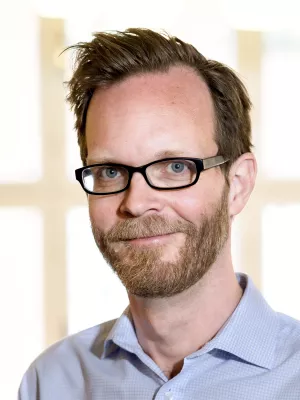
Olof Hallonsten
Senior lecturer

From Periphery to Center: Synchrotron Radiation at DESY, Part I: 1962—1977
Author
Summary, in English
In its fifty-year history, the German national research laboratory DESY (Deutsches Elektronen-Synchrotron, German Electron Synchrotron) has undergone a gradual transformation from a single-mission particle physics laboratory to a multi-mission research center for accelerator physics, particle physics, and photon science. The last is an umbrella term for research using synchrotron radiation and, in later years, free-electron laser. Synchrotron radiation emerged initially as a peripheral part of the laboratory activities but grew to become a central experimental activity at DESY via a series of changes in the organizational, scientific, and infrastructural setup of the lab, and in its contextual scientific, political, and societal environment. This article chronicles the first sixteen years (1962–77) of the history of synchrotron radiation at DESY and its gradual transformation from peripheral and parasitic to a regular and recognized research program. The article complements previous writings on DESY history by focusing on synchrotron radiation, and it adds to the body of knowledge about the crucial renewal of Big Science laboratories toward the end of the twentieth century. This renewal culminated in the close-down of several particle physics machines in the early 2000s and their replacement by facilities dedicated to the study of the structure, properties, and dynamics of matter by the interaction with vacuum ultraviolet/X-ray photons. Therefore, this article contributes to the knowledge about the emergence and growth of synchrotron radiation as a laboratory resource, the understanding of processes of renewal in Big Science, and the general history of late-twentieth-century science.
Publishing year
2015
Language
English
Pages
447-492
Publication/Series
Historical Studies in the Natural Sciences
Volume
45
Issue
3
Document type
Journal article
Publisher
University of California Press
Topic
- Social Sciences Interdisciplinary
Keywords
- synchrotron radiation
- DESY
- HASYLAB
- EMBL
- Federal Republic of Germany
Status
Published
ISBN/ISSN/Other
- ISSN: 1939-182X